Introduction
Understanding Pug Exercise Needs is crucial for their overall health and happiness
- Regular exercise keeps Pugs healthy and prevents common health issues
- Discover the ideal exercise routine tailored for Pugs' unique physical traits
- Engaging activities help maintain a Pug's weight and energy levels
- Learn how to balance exercise with rest to avoid overexertion
- Find out how to make exercise fun and enjoyable for your Pug
1. Understanding the Pug's Exercise Requirements
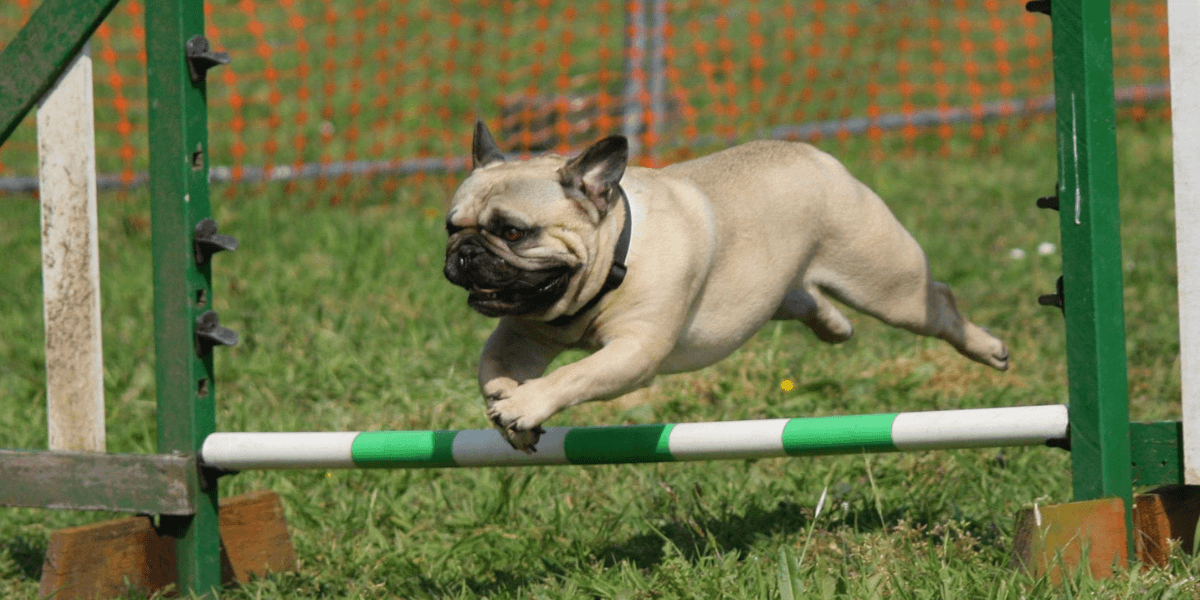
Pugs have unique exercise needs due to their distinctive physical characteristics.
- Moderate Activity Levels: They still need regular exercise to stay fit
- Short, Frequent Walks: Opt for shorter, more frequent walks
- Avoid Overexertion: Watch for signs of exhaustion or breathing problems
- Interactive Play: Engage in play sessions with toys or games indoors
- Mental Stimulation: Include puzzle toys to keep them mentally active
- Controlled Climate: Exercise in cool, shaded areas to prevent overheating
2. The Benefits of Regular Exercise for Pugs
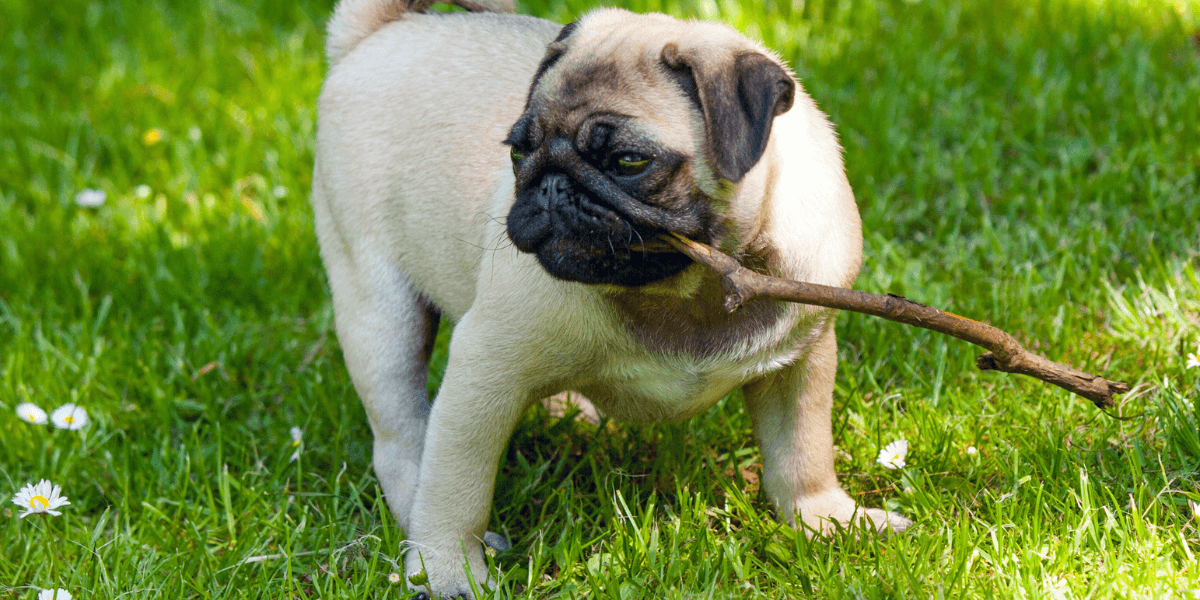
Exercise numerous benefits for your pug, from physical health to mental stimulation.
- Maintains Healthy Weight: Regular activity helps prevent obesity
- Boosts Mood and Reduces Anxiety: Exercise can alleviate boredom and anxiety
- Improves Cardiovascular Health: Consistent exercise supports heart health and stamina
- Strengthens Muscles: Keeps muscles toned and joints flexible
- Enhances Socialization: Promotes positive interactions with other dogs
- Promotes Better Sleep: Ensures a good night's rest and reduces restlessness
3. Ideal Exercise Routines for Pugs
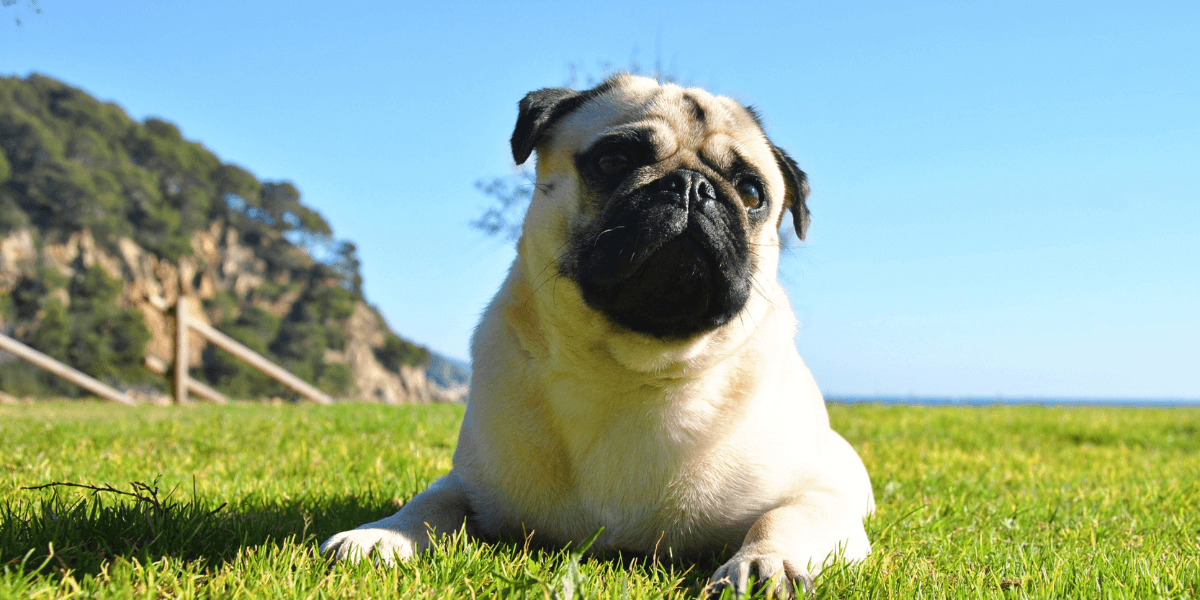
Creating an effective exercise routine for your pug involves understanding their needs.
- Daily Walks: Aim for 20-30 minutes of walking each day
- Playtime: Engage your pug in interactive play like fetch or tug-of-war
- Indoor Activities: Use puzzle toys or create a mini agility course for indoor exercise
- Swimming: Provides low-impact exercise that's easy on joints
- Short Hikes: Opt for gentle trails to explore nature together
- Training Sessions: Incorporate obedience training to stimulate their mind and body
4. Managing Exercise in Different Weather Conditions
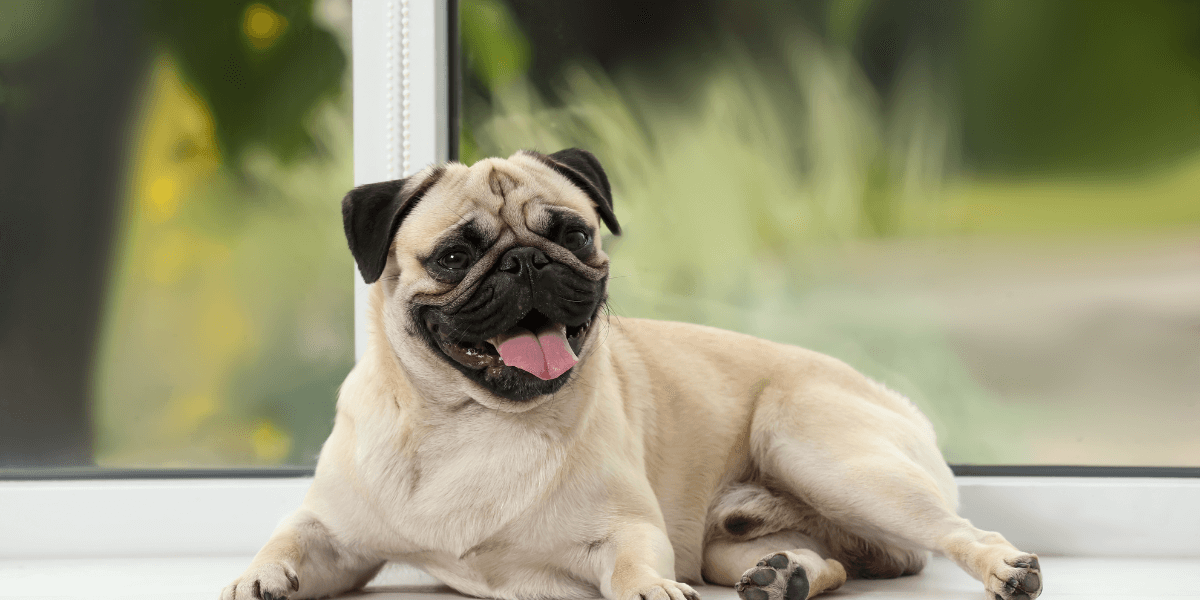
Pugs are sensitive to extreme weather conditions, so adjust their exercise routine.
- Hot Weather: Avoid walks during peak heat hours
- Cold Weather: Shorten walk times and consider a doggy jacket
- Rainy Days: Provide indoor play options if the weather is too harsh for outside activity
- Humid Conditions: Opt for early morning or late evening walks to avoid humidity
- Snowy Days: Clear paths and use dog booties to protect paws from ice and salt
- Windy Weather: Find sheltered areas to walk, avoiding open, windy spaces
Learn how to manage your pug's exercise in various weather conditions to prevent health issues.
5. Recognizing Signs of Overexertion in Pugs
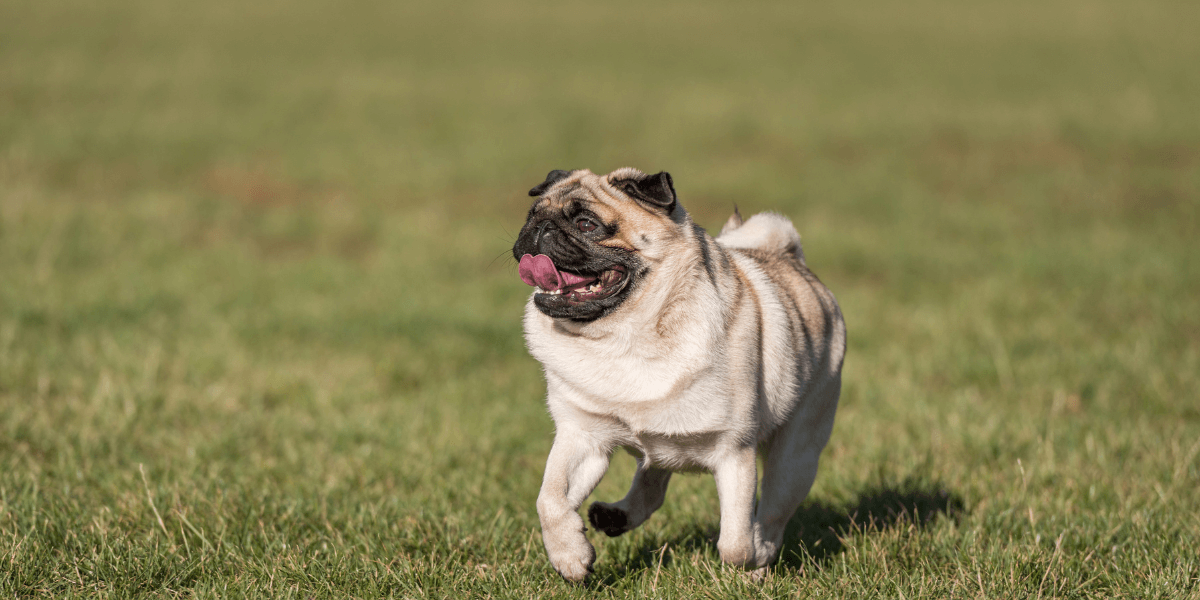
Overexertion can be dangerous for pugs, especially due to their breathing issues.
- Heavy Panting: An indication that your pug may be too tired or overheated
- Lethargy: If your pug seems unusually tired or sluggish after exercise
- Excessive Drooling: This can signal overheating or discomfort
- Rapid Heart Rate: Monitor for an unusually fast heartbeat during or after activity
- Stumbling or Unsteady Gait: Signs of muscle fatigue or potential injury
- Pale Gums: Check for paleness as an indicator of oxygen deprivation
6. Incorporating Mental Stimulation into Exercise
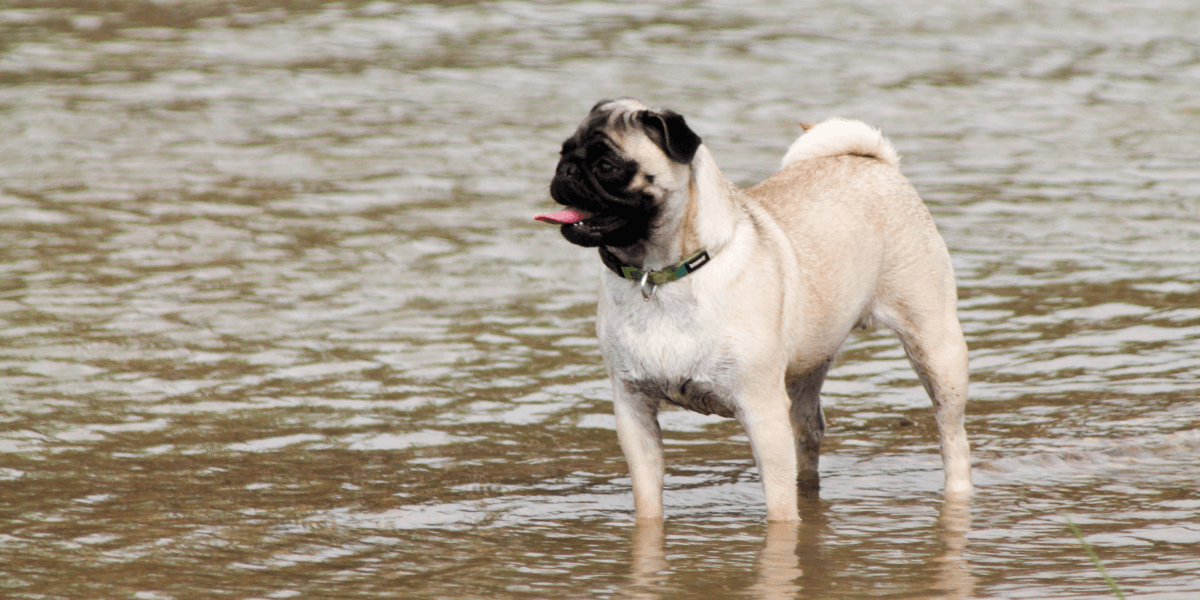
Incorporate activities that challenge their minds:
- Training Sessions: Teach new tricks or reinforce obedience commands
- Interactive Toys: Use treat-dispensing toys to engage their problem-solving skills
- Socialization: Arrange playdates with other dogs to enhance social skills
- Scent Games: Hide treats around the house or yard for your pug to find
- Rotating Toys: Regularly switch out toys to keep their interest and curiosity piqued
Incorporate mental stimulation into your pug's exercise routine for a well-behaved companion.
7. Creating a Balanced Exercise Plan
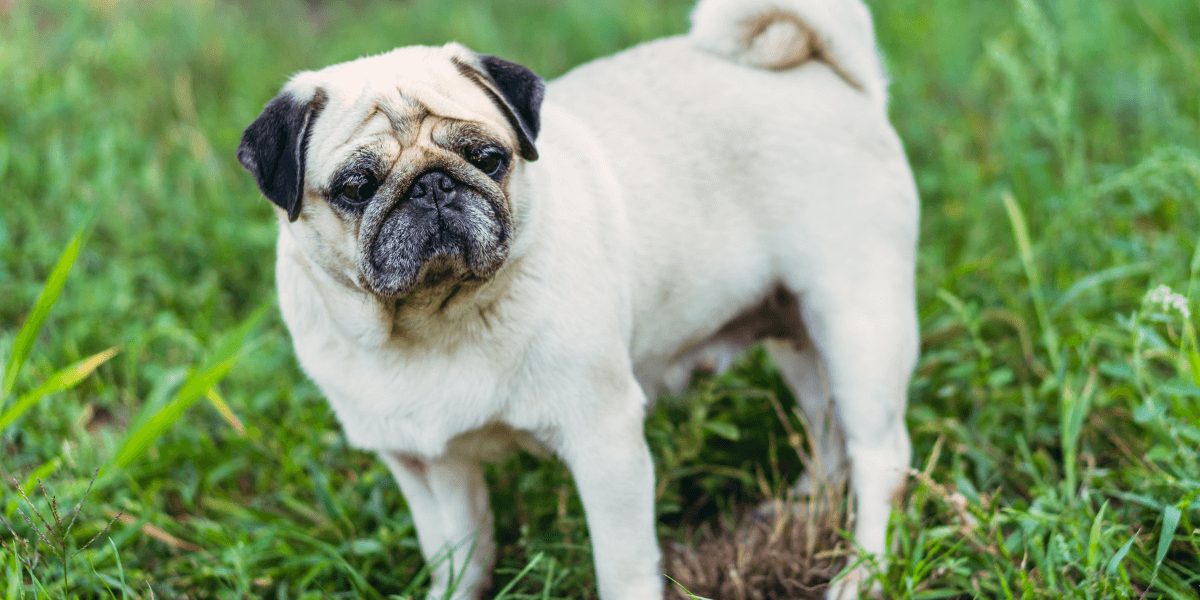
A well-rounded exercise plan should address both physical and mental needs.
- Set a Schedule: Establish a routine that includes daily walks and playtime
- Mix It Up: Combine different types of activities to keep your pug interested
- Monitor Progress: Track your pug’s energy levels and adjust the routine as needed
- Rest Days: Include rest days to allow your pug to recover and prevent overexertion
- Vet Checkups: Regular veterinary visits to ensure the exercise plan suits your pug's health
Create a balanced exercise plan for your pug to complement their nutritional needs.
FAQs
1. How much a pug exercise needs daily?
-
A pug needs around 30 minutes of exercise each day
2. What are the best activities for a pug?
-
Play fetch, go for walks, and provide puzzle toys
3. Can pugs exercise in hot weather?
-
No, avoid exercise in extreme heat to prevent overheating
4. How can I meet my pug’s Pug Exercise Needs indoors?
-
Use toys and engage in short play sessions indoors
5. Are there any exercises to avoid for pugs?
-
Avoid high-impact exercises and long runs due to their brachycephalic nature
6. How can I tell if my pug is overexercised?
-
Look for signs like excessive panting, lethargy, or reluctance to move
7. How often should I adjust my pug’s exercise routine?
-
Regularly adjust based on age, health, and activity levels
Conclusion
- Meeting your Pug exercise needs ensures a long, happy, and healthy life
- Tailoring activities to your Pug’s unique requirements will maximize their well-being
- Consistent exercise helps maintain a healthy weight and energy balance
- Remember to monitor your Pug for signs of overexertion during workouts
- Incorporate fun and engaging exercises to keep your Pug motivated and happy
Share this post with fellow pug owners to help them keep their furry friends!
References
For more information on The Pug Exercise Needs, check:
- Pug Wellness: Essential Health Tips for Your Squishy-Faced Pal
- Pug Breed Guide: History, Characteristics, and Care
- Best Exercises for Dogs with Hip and Joint Pain
- The Pug Exercise Needs
- Dog Breeds Most Prone to Hip Dysplasia
- Dog's Hip Pain: Signs, Causes, Relief Tips
Thank you!



